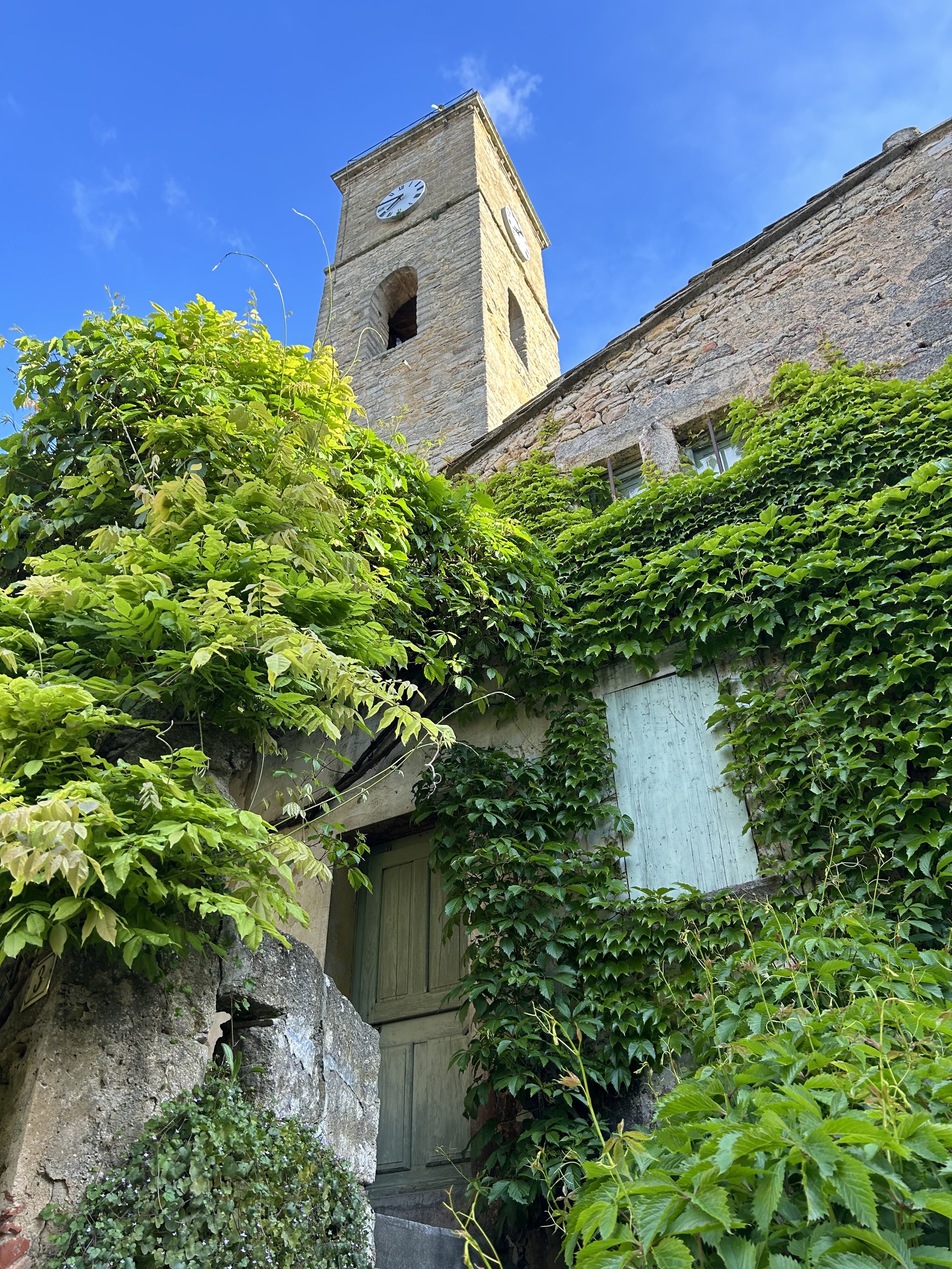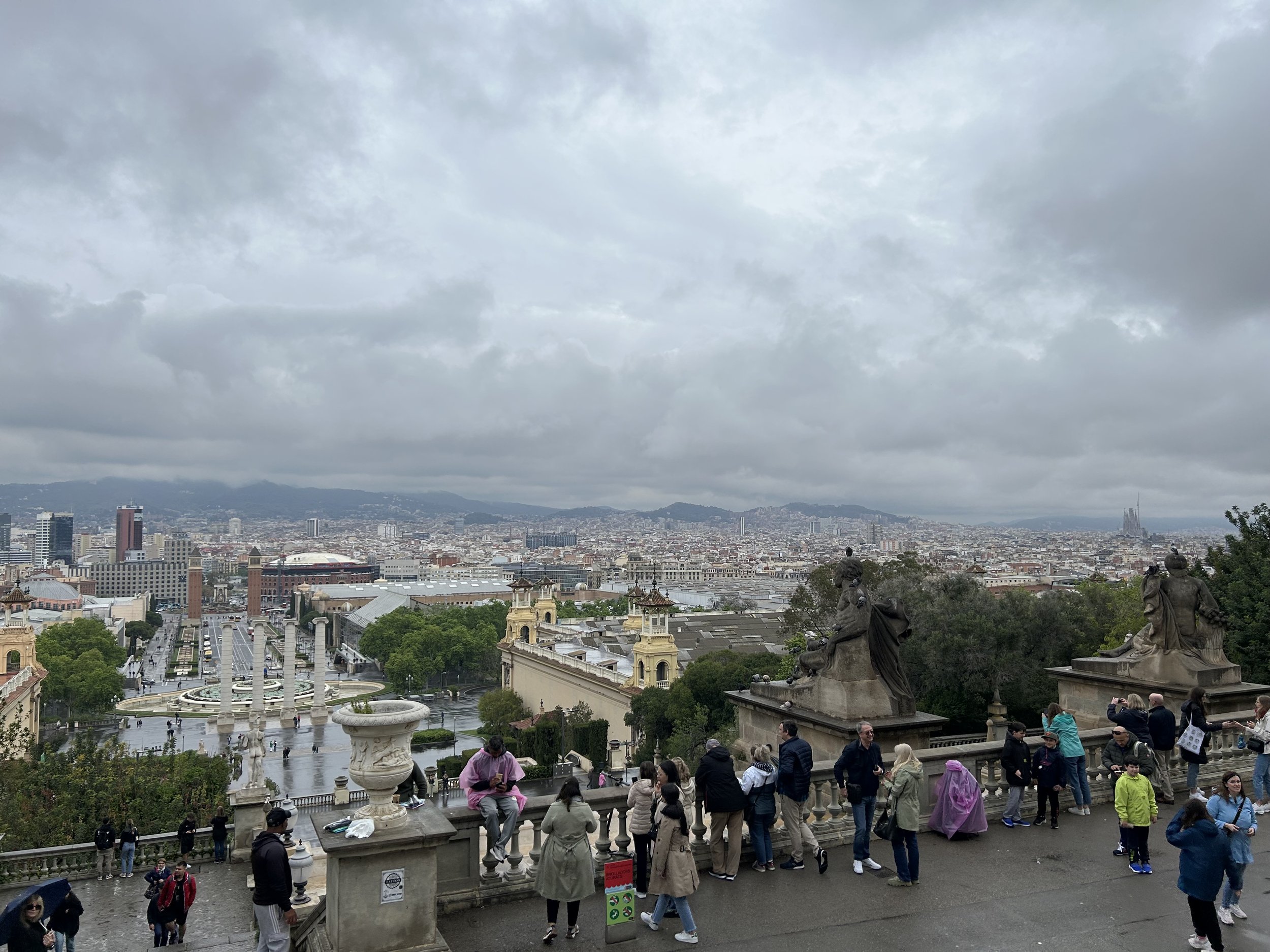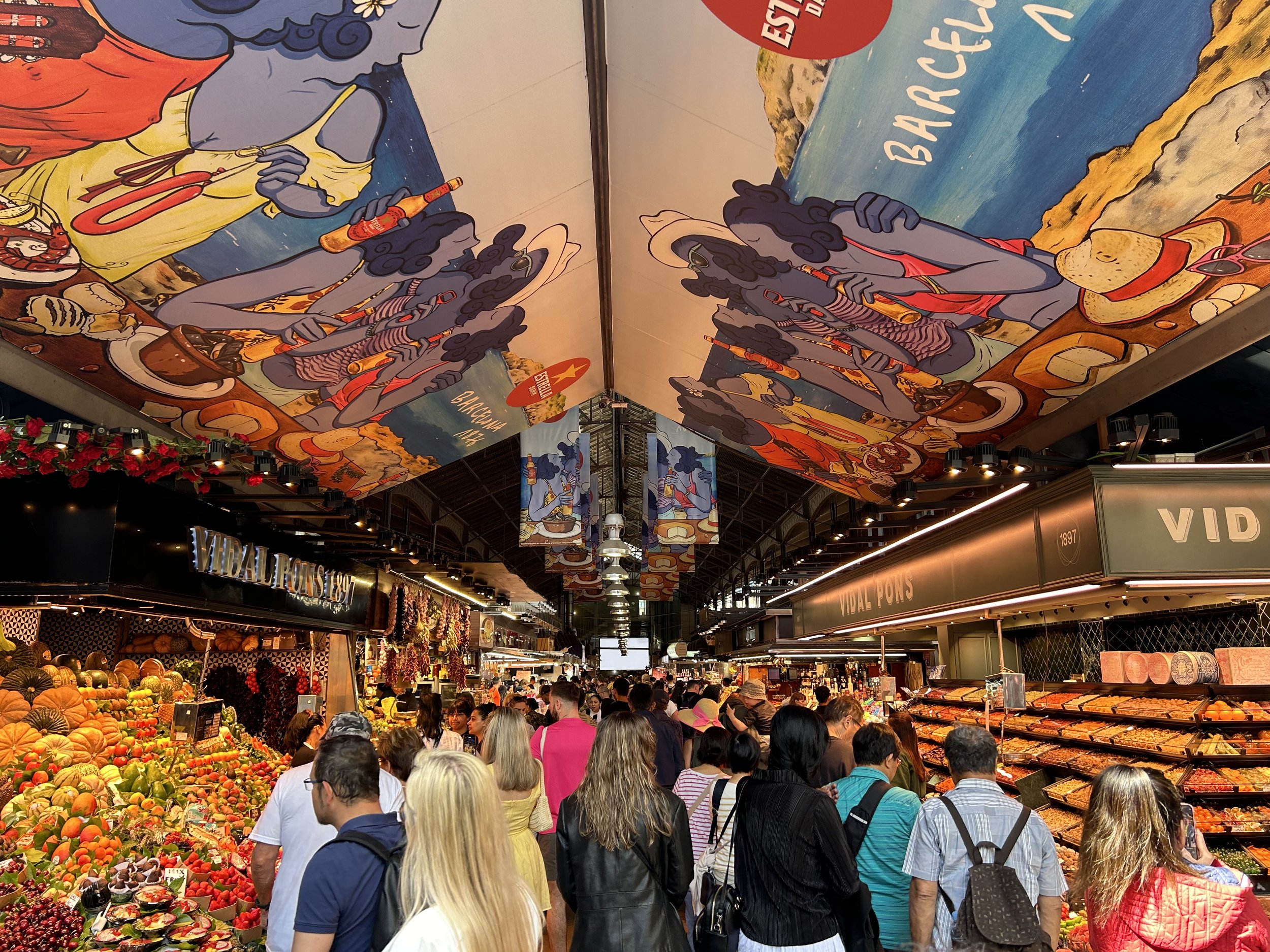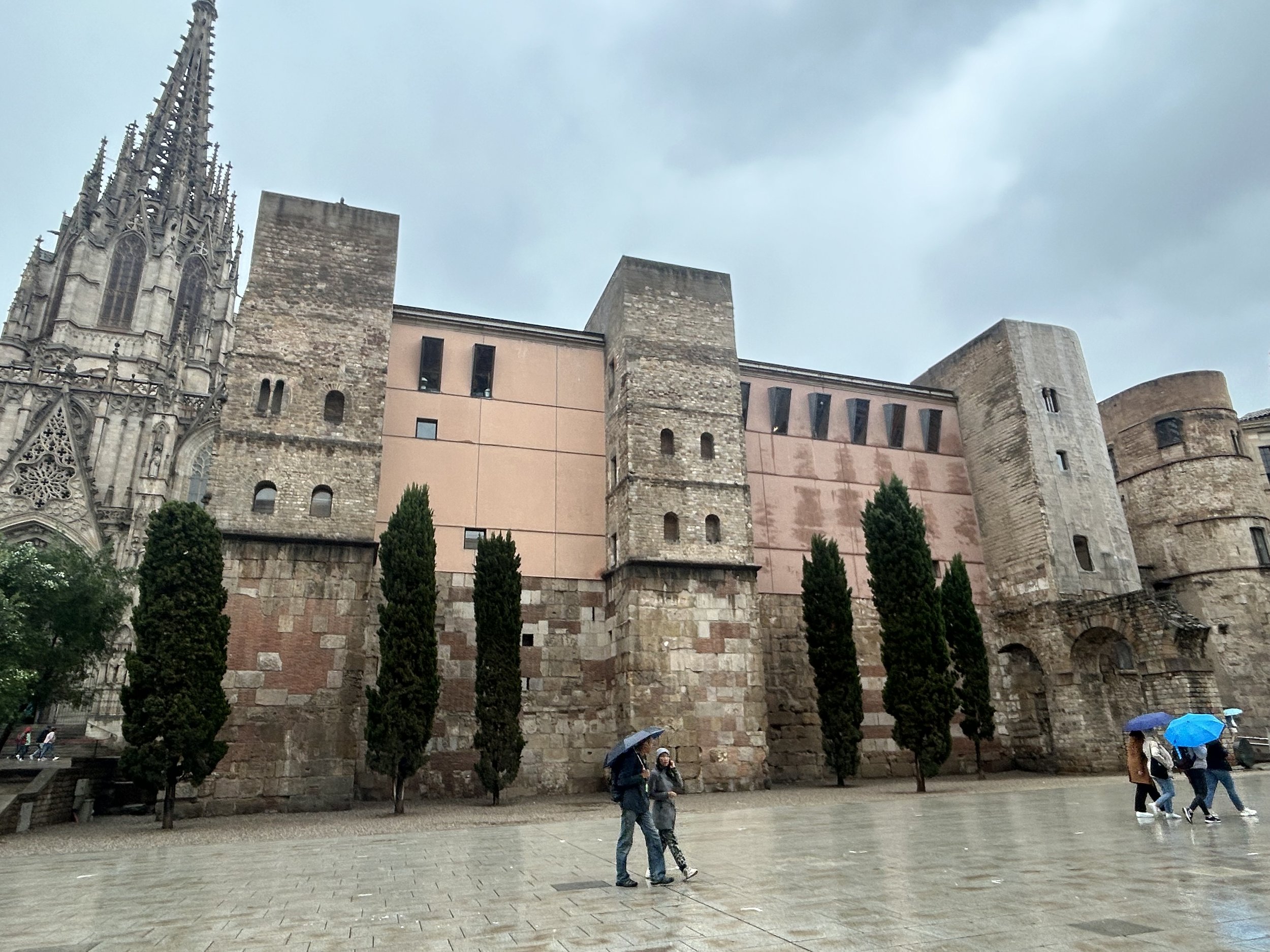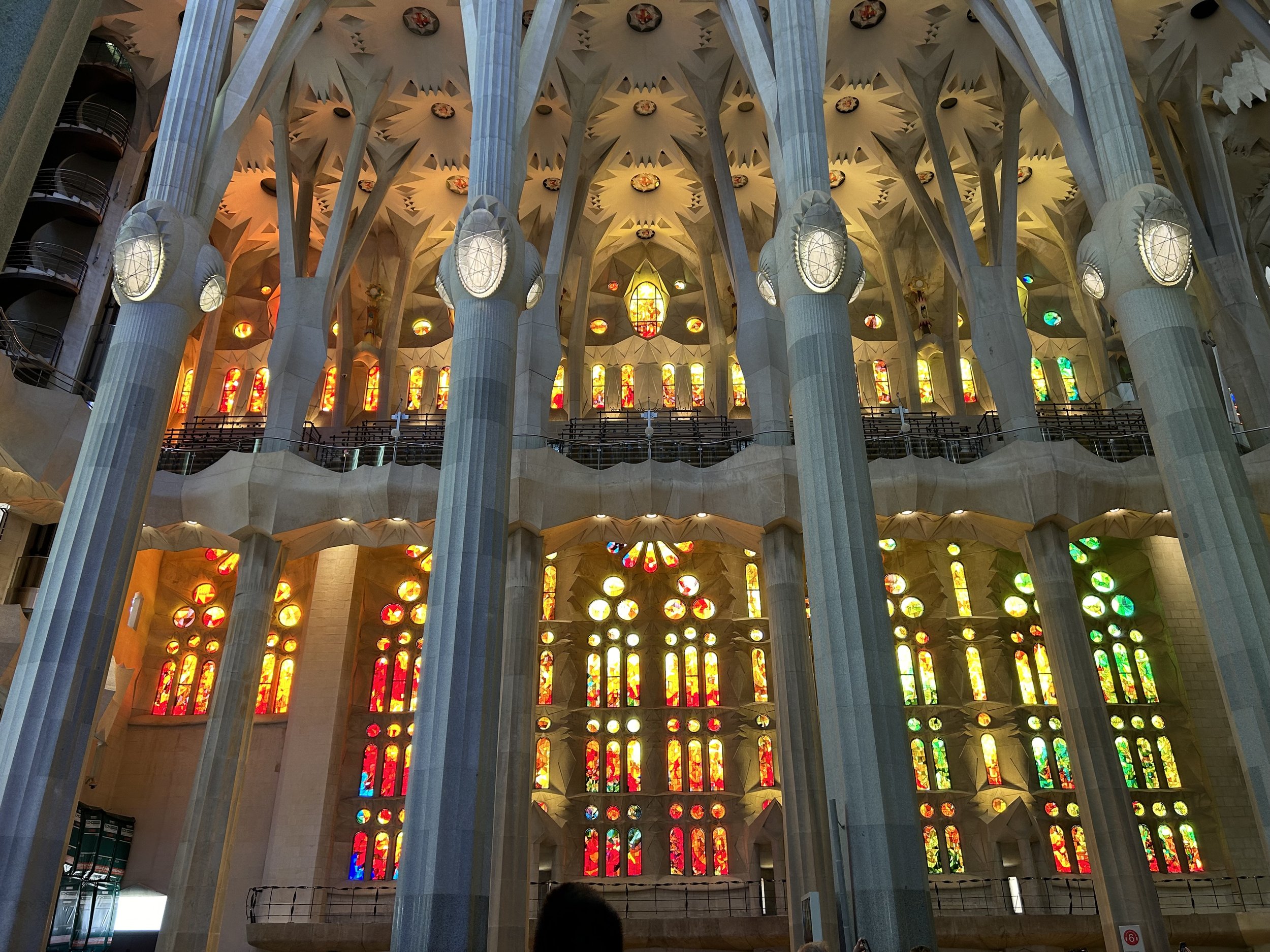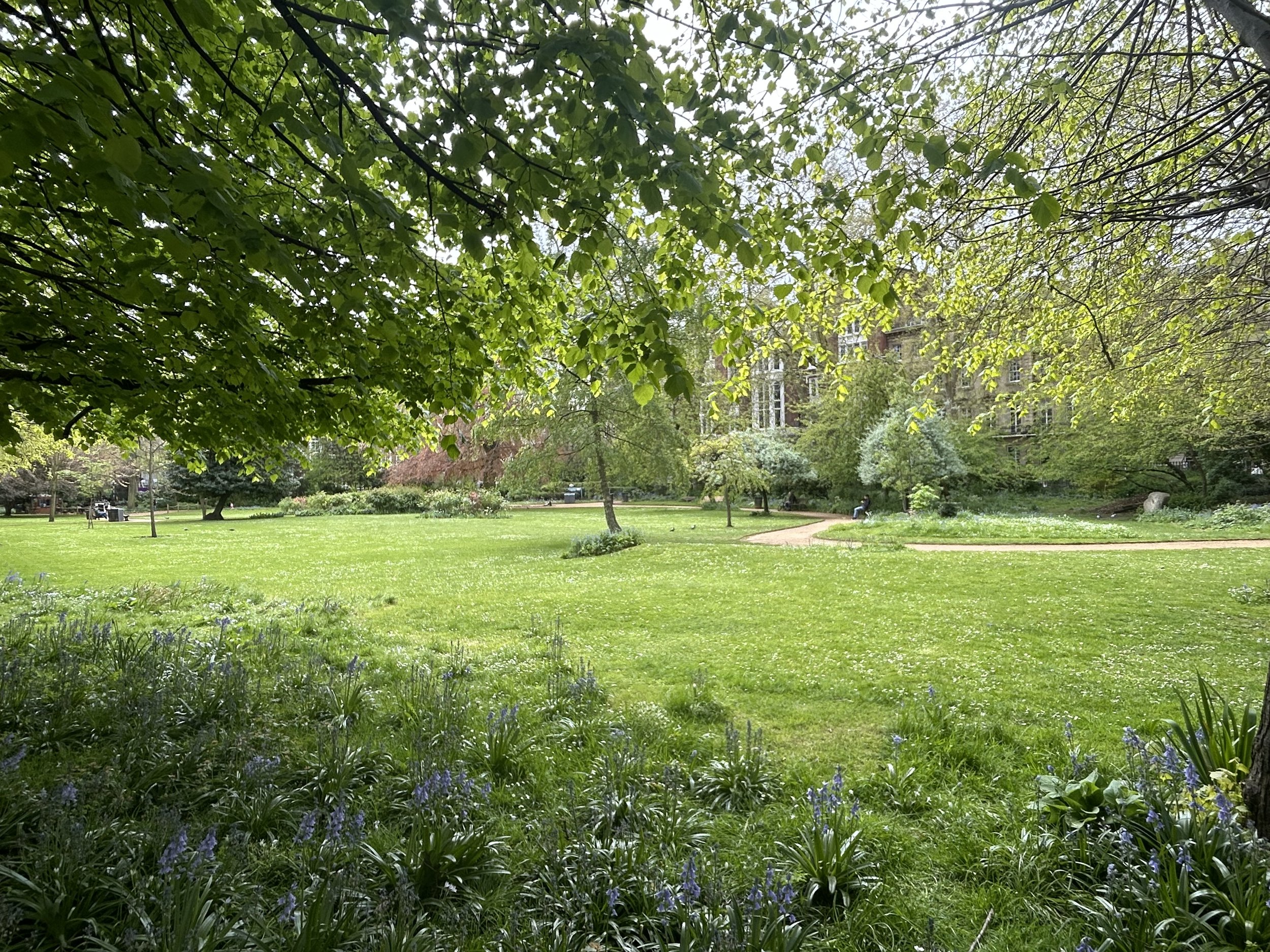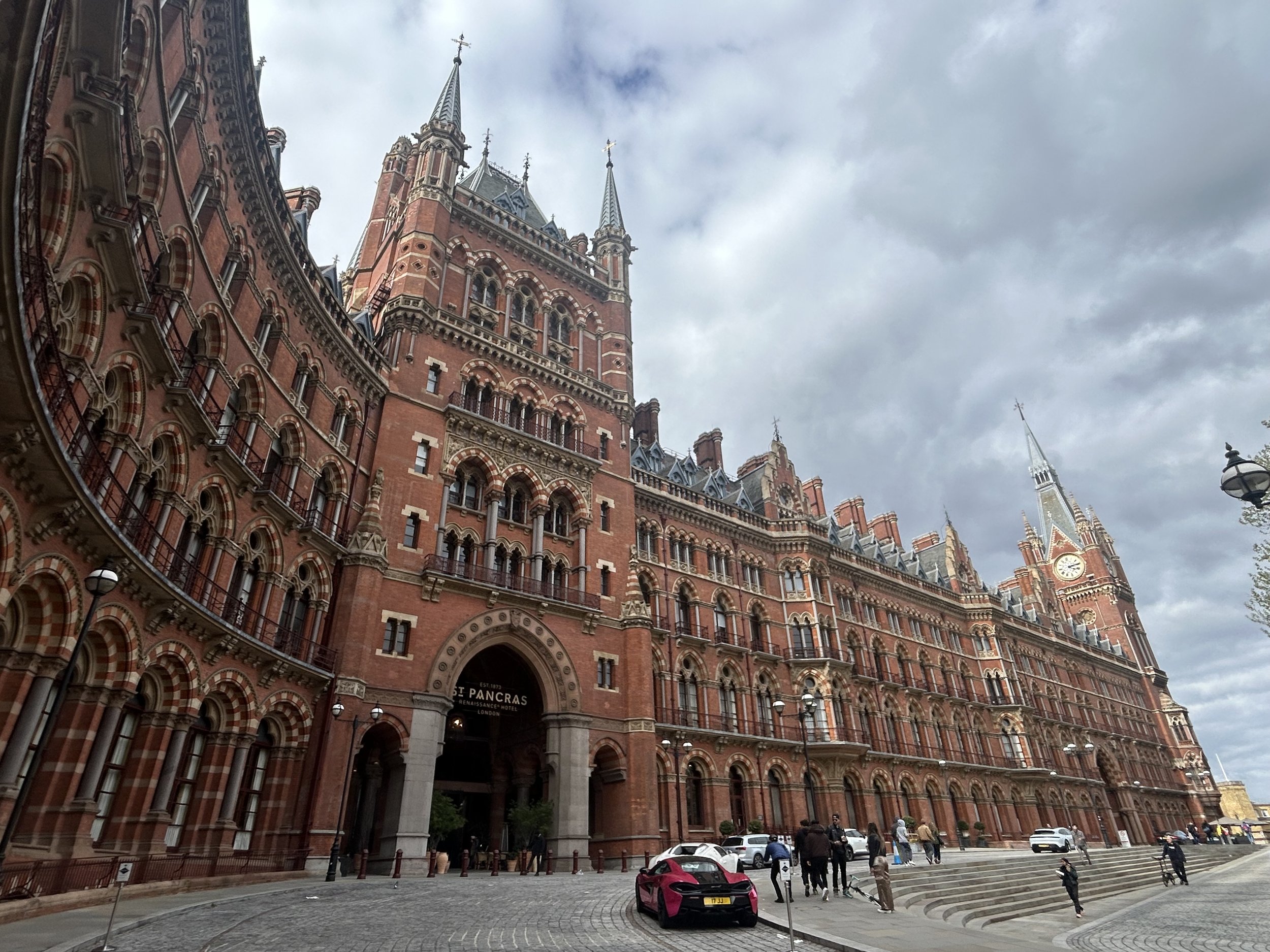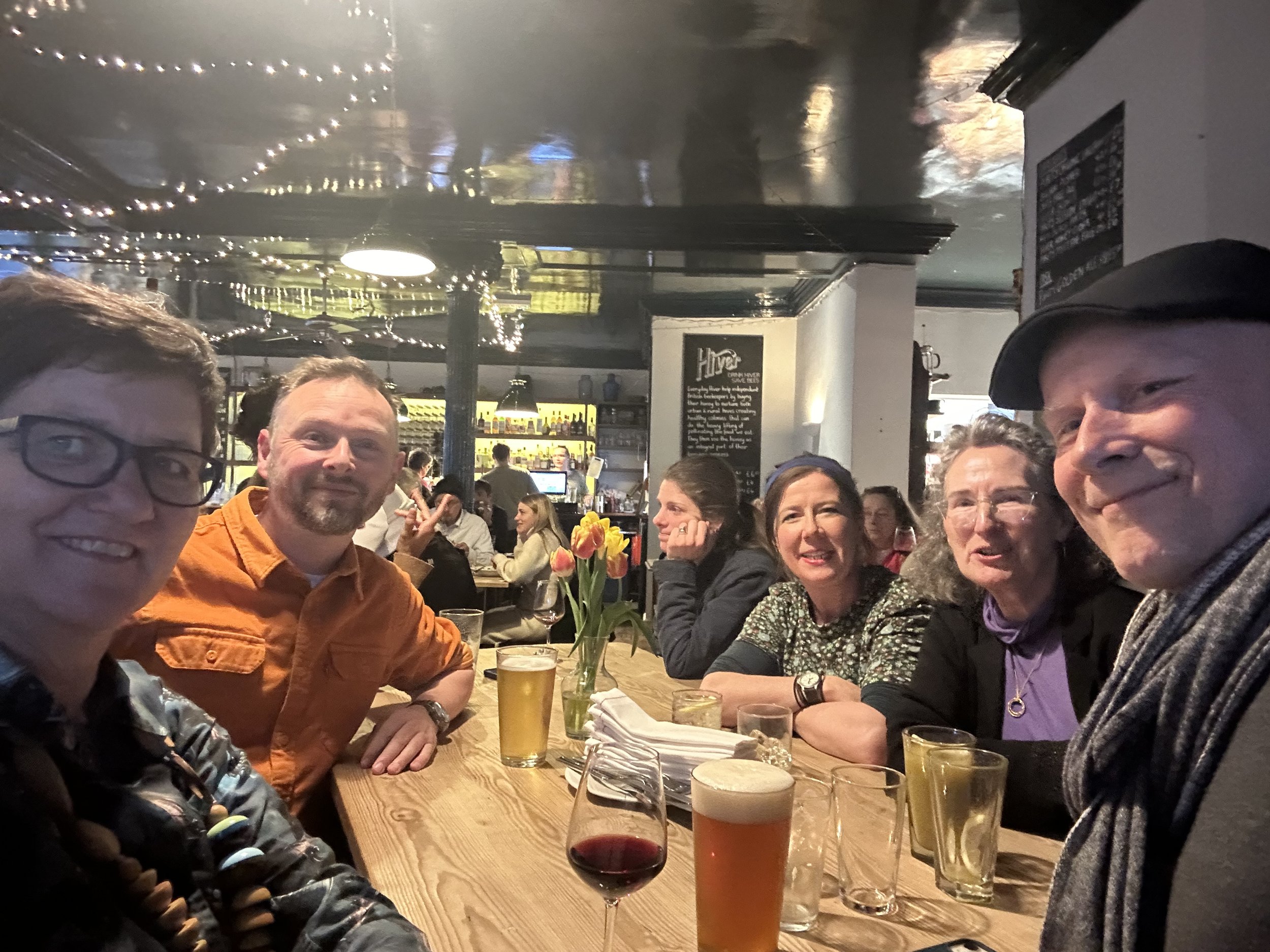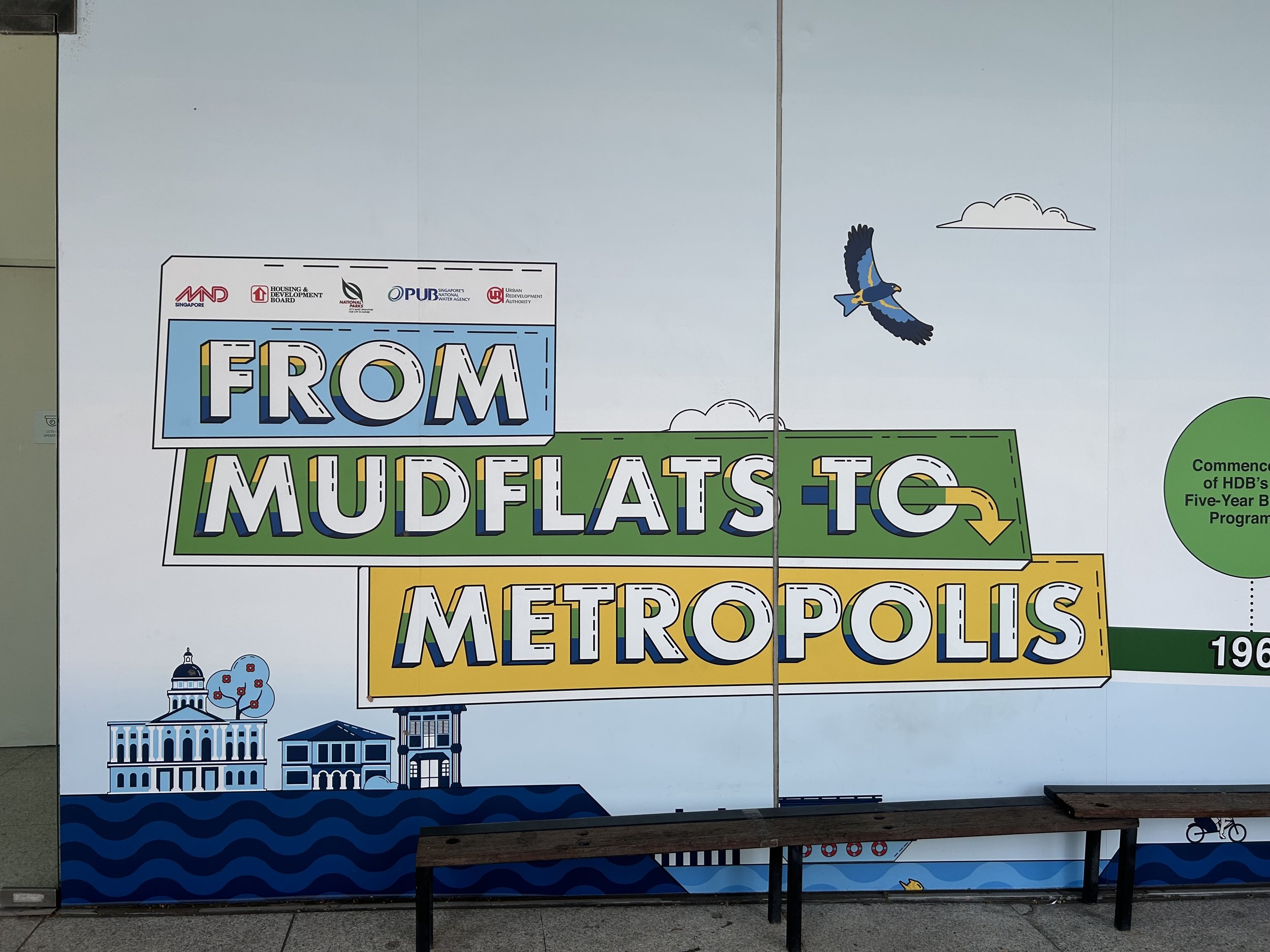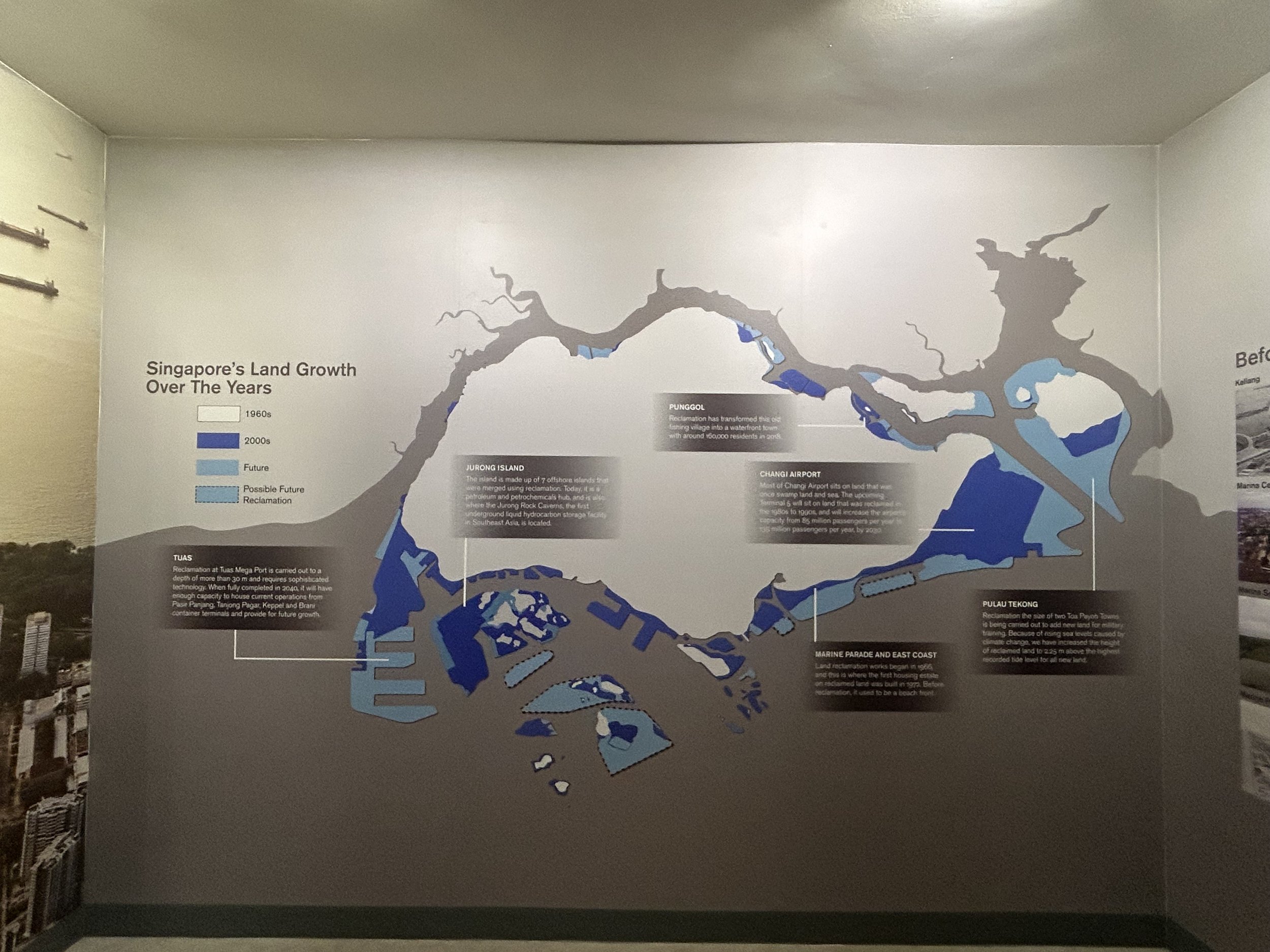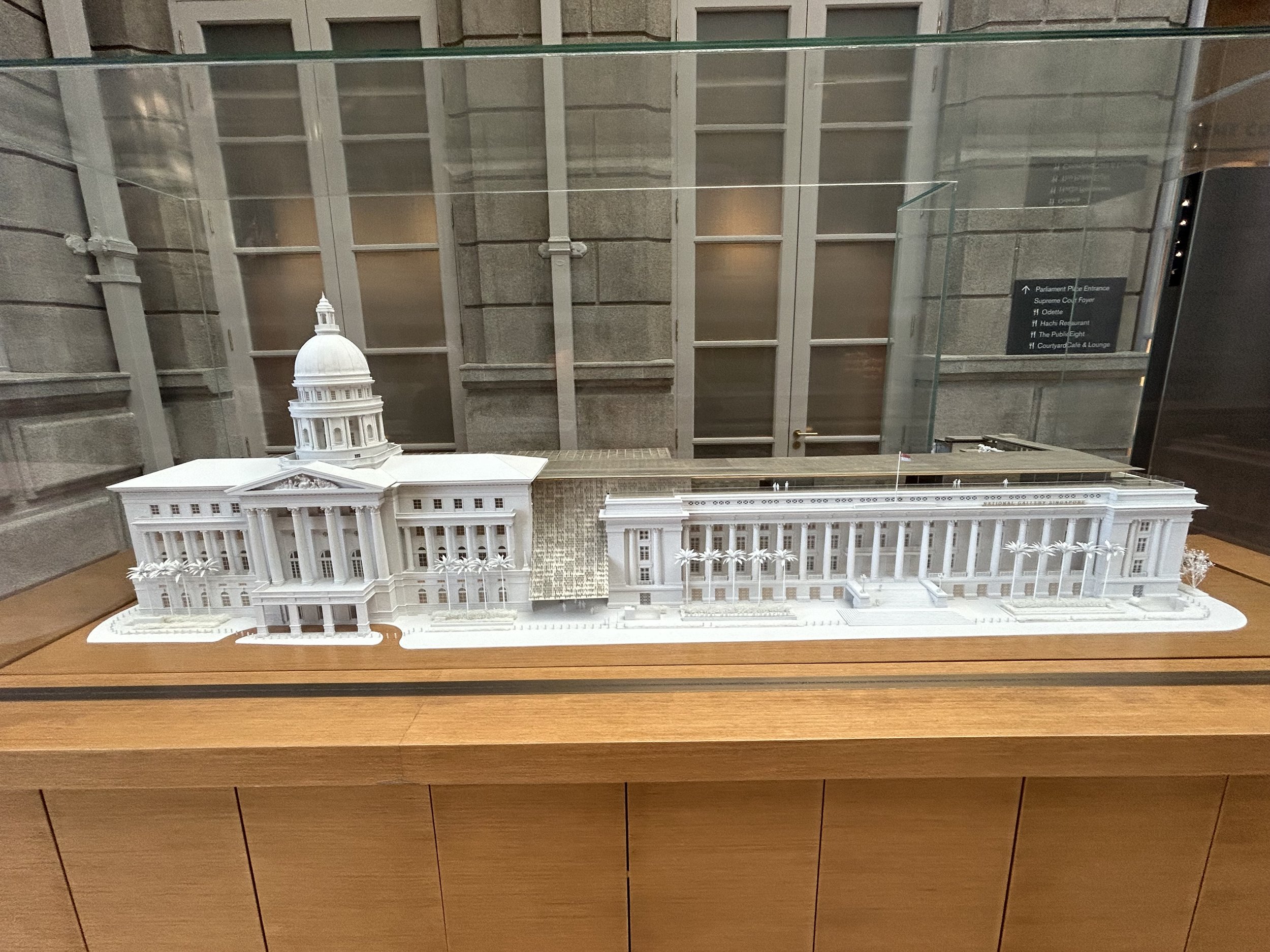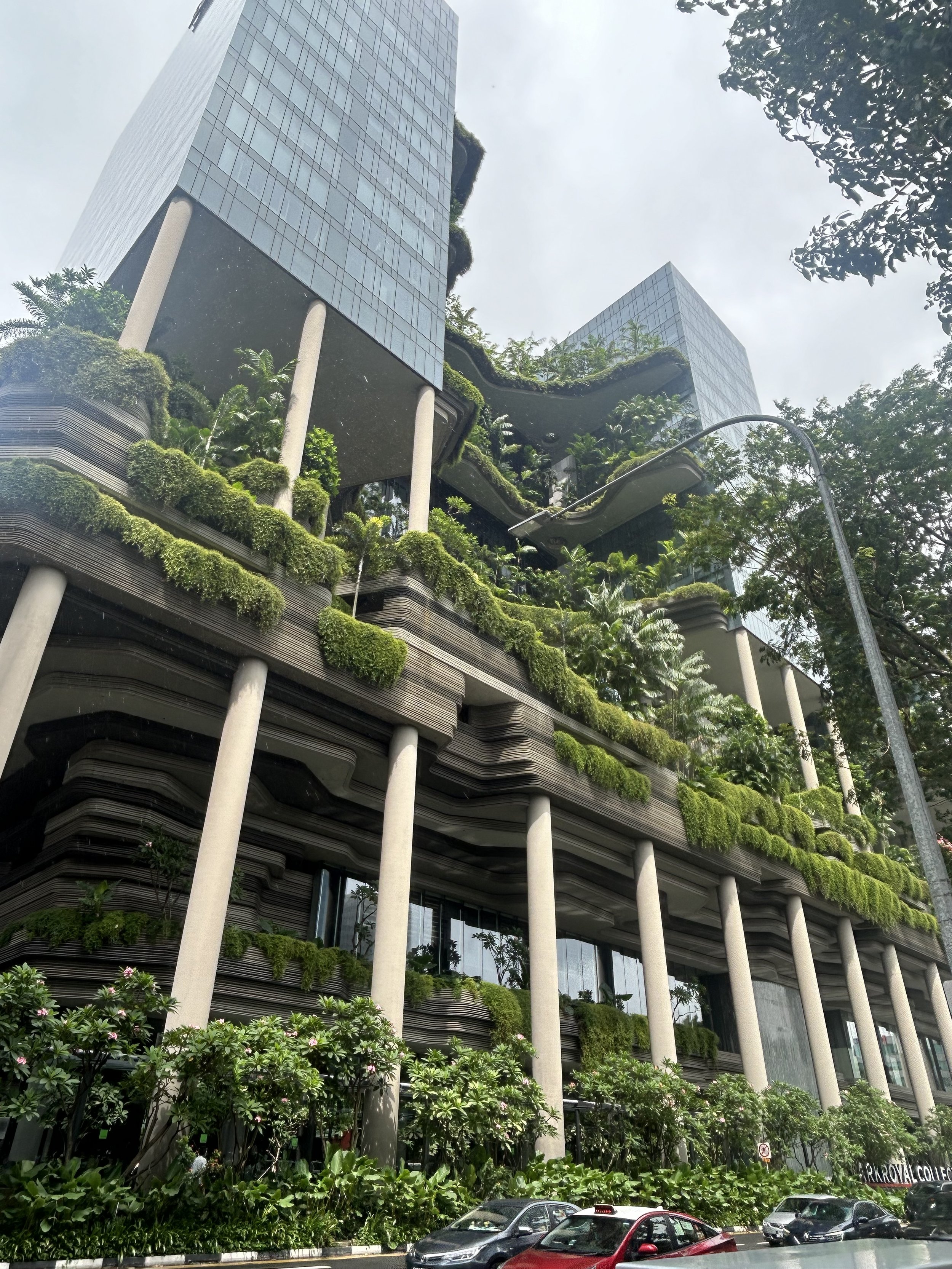What a beautiful part of the world, and what a joy it was to stay with our friends Sophie Verrechia and Garry Bray in their exquisite home they have tended and mended, as they renewed and regenerated it :-) This is such a broad area that we visited on in such a small way, I will focus only on what we experienced in this short time.
Garry, John, Sophie + puppy in front of the Pont du Gard near Nimes
How does SLIV+ bring the story of place to life?
The story of this place is huge, long and seriously diverse… which story to bring to life? Or which parts of this story? We enjoyed many pieces, and felt nurtured and cared for in this place :-)
centre Country* in design?
The whole of Europe seems to have been shaped by people, many times over, for their benefit. The priority of Country does not seem to have been a focus at all. That said, the people of this place - many of whom are farmers and/or are connected with farming - do seem to understand the importance of Country in their lives. How does this play out in placing Country first? Not sure. Would be interesting to see.
enhance its context, connections and culture?
The richness of this place of tight, dense villages held in the landscape of farms and trees with rich cultural influences is omnipresent. From a visitor’s point of view - it is delightful.
This is certainly enhanced in the way many of these places are managed, and the cars relegated to the outskirts so people can enjoy the places and culture in relative peace.
The separation of these villages does necessitate cars to connect to each other - is there another way?
positively contribute to its watershed?
Not sure on this one…
How does SLIV+ celebrate resourcefulness?
I will speak about the house of our friends that we stayed in - such a joy!
The garden areas of the house, full of art, care, love and plants providing delightful places to enjoy at different times of the day and year :-)
achieve net zero carbon in its life cycle?
Sophie and Garry’s house where we stayed was a delightful exposé on this issue. A house with sheds that are many hundreds of years old, have been lovingly and joyfully updated to work for the current way of life. They have used as much of the existing as possible, bringing its inherent beauty to life, while amplifying this with the inclusion of artistically recycled materials and insertions. Much of the work was done by our friends and local craftsmen. This has certainly minimised the embodied carbon of its creation.
I am unsure of the energy efficiency of the operations of this home, but feel that for much of the year it would be naturally comfortable.
incorporate lean design for optimal resource use?
Such lean design! No heroic gestures asking materials to do anything they shouldn’t do, and appreciation of the beauty of their nature :-)
balance economic measures of cost and value?
It seems this has been very much at the heart of this creation :-)
How does SLIV+ enable communities to thrive?
The defensive nature of the original construction of many of the villages suggests that past times might have been a lot more aggressive than now… what are they really like now?! I am not able to comment on this much at all, other than to say that the villages we enjoyed visiting seemed to be thriving and wonderful places for people to be :-)
improve the communities physical and psychological health and well-being?
provide equitable and affordable access and resources to diverse communities?
empower community members to realise their potential and flourish?
The communal washing area in Saint-Laurent-la-Vernede, where people used to gather together to do their weekly washing - something we could consider again?!
How does SLIV+ foster ‘long now’ thinking of good ancestors?
This is definitely a place of ‘long now’ being - but is it one of ‘long now’ thinking? I am not aware of the politics or planning decisions of this place enough to comment, other than the short responses to the dot points below.
respect and value existing communities and buildings?
There are so many existing buildings and villages still around, very much respected and the basis of life and tourism in this area.
It seems that some villages are more intact with regards to communities while others have changed and evolved. How does this relate to respect? Farming life has changed, but the need for many different people to keep a village functioning is clear, and there seems to be work for lots of different people…
enable future communities to endure and adapt to changing climates and needs?
It will be very interesting to see how these villages and their buildings cope with changing temperatures… Great heat for long periods might be hard for heavy masonry buildings to cope with… And as for flooding - this is something that has happened in the past but perhaps not with the ferocity and in all locations as is happening now.
regenerate resources as we use them?
Food seems to be right at the forefront of people’s interest. Recycling facilities are all over the place - not sure how successful this is in practice. I saw very few PV panels and I am not sure at all what happens with water and sewerage in these places.
Saint-Laurent-le-Vernede
How does SLIV+ inspire and enable capacity and agency?
For us, this village and this home were super inspiring and we saw they had absolutely enabled the capacity and agency of Sophie and Garry as they tended and mended their home. Living in dense villages, with small private space and generous public space where people are prioritised, and with people who know and care about you, does seem to offer some great ideas for the future :-)
help us understand and want to be in relation with and care for Country?
Sophie and Garry’s home was so well connected from inside to outside, with a beautiful garden calling for care. As is the beautiful landscape within which this place is located. I felt very called to be in relation with and care for Country.
support and promote healthy and fair supply chains?
Not sure about this.
inspire with stories that help us and others in our work?
There are many stories of lovely lives being lived in this area. Are they all sustainable? Not sure - but I do think this place offers real inspiration on how one can live lightly and with joy :-)
Extraordinary light show in the linestone quarry of Les Baux-de-Provence - so inspiring!





